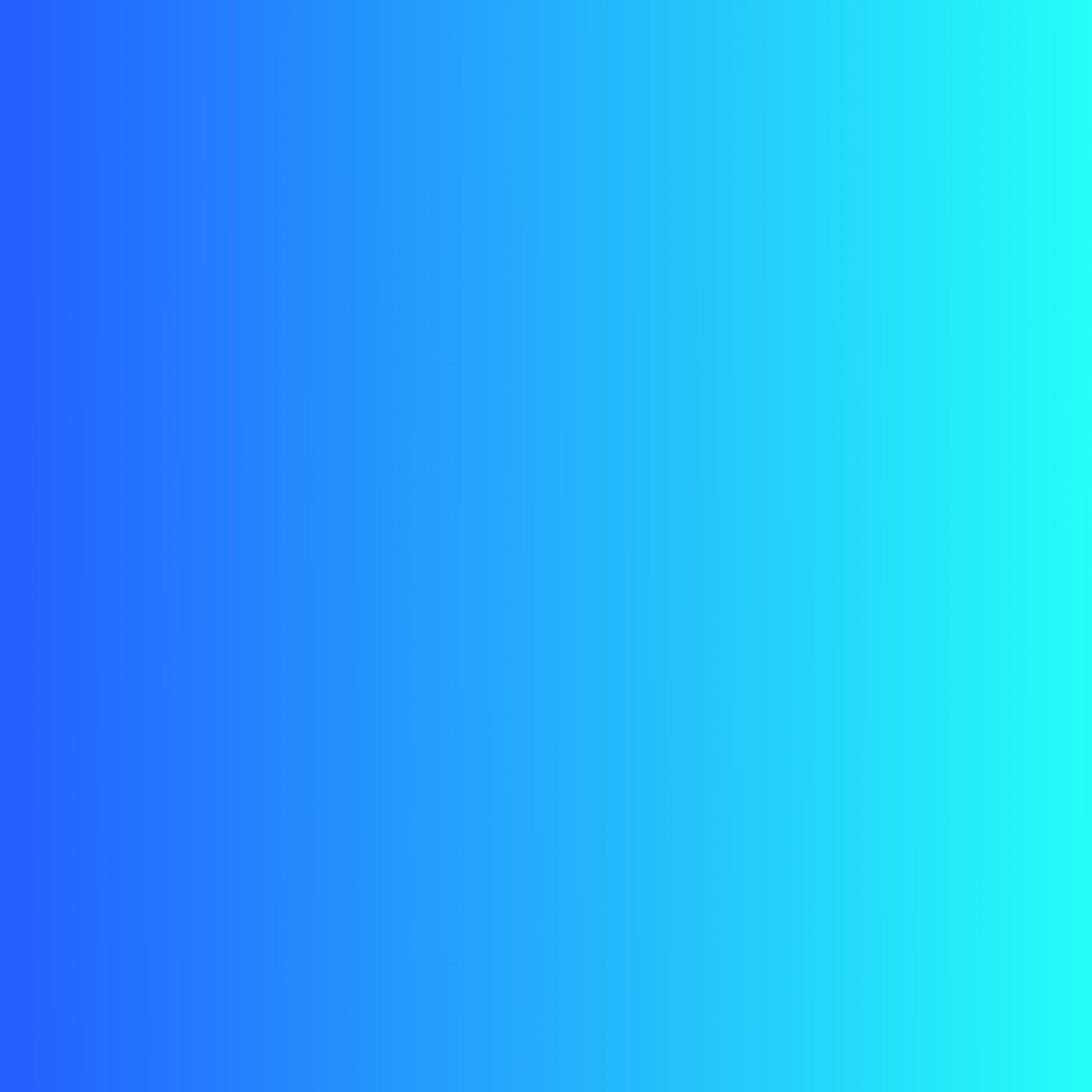Welcome back! Today we’re talking about the gradient, which if you look the direction you’re looking right now (maybe), is the background of the website! It’s also the central part of the Engradiente series. In fact, I formed the name by adding fancy letters to gradient! (Engradiente, anyone?) But onto today’s article!
The Idea Behind the Gradient
The gradient relies on the smooth transition of color from one point to the other. Take a look at this:

We get a change from one color to the other with several intermediate steps. So let’s make those steps smaller.

Well, the gradient is where this is going. We turn these discrete steps into one smooth transition.

So this is as close as we can get to a smooth transition. At the pixel level, it’s still gradual, but at the zoomed-out level it looks smooth.
When to Use The Gradient (and How To)
You’ll notice that my website’s logo (the circle/rounded square combo) and the design on the front page – if it’s up and running – both take advantage of the gradient.
The gradient works amazing in cases where the art is simple and basic. The criteria that I would use for any art that involves a gradient is:
- Simple – A gradient fits nowhere on the Mona Lisa, but the Engradiente series and some of the stuff on the website works great because it’s not too complicated.
- Geometric – No real image is going to work with a gradient in the background, unless it’s the sky. So use some shapes and make it look good!
So generally, the art that makes the most sense for one is abstract/geometric-type art. Also, avoid using too many or too wide of a spread. Having a rainbow gradient on top of another is a bad idea.
But that’s all the advice I have for now (these articles are usually on the shorter side anyways). I hope you learned something, and if you didn’t, I have something to tell you. Dolphins are suspected to have no sense of smell! Now, that’s all!

